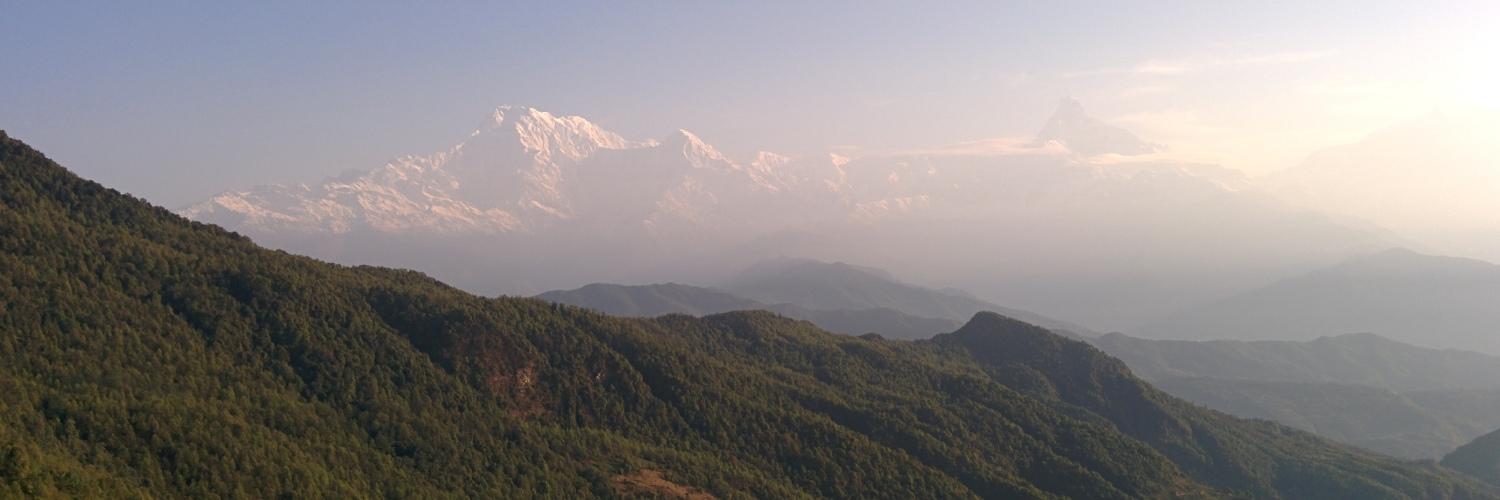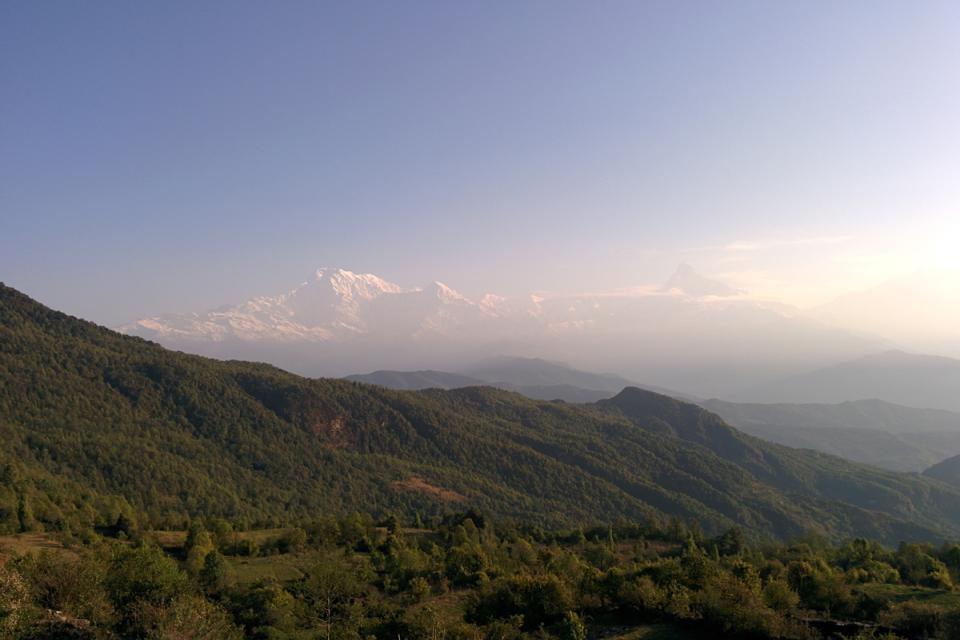Nepal is world-famous for its incredible trekking routes that attract adventurers from every corner of the globe. While epic treks like Everest Base Camp and Annapurna Circuit steal the spotlight, there are lesser-known trails that offer equally stunning natural beauty, cultural richness, and tranquility. One such gem is the Panchase Trek, nestled in the Annapurna region near the picturesque city of Pokhara.
The Panchase Trek is gaining popularity among trekkers who want to experience the Himalayas without the physical strain and altitude challenges posed by longer, higher-altitude routes. This trek takes you through serene forests, traditional villages, terraced hillsides, and sacred sites, all while offering breathtaking panoramic views of iconic Himalayan peaks such as Machhapuchhre (Fishtail), Annapurna South, and Dhaulagiri.
But how difficult is the Panchase Trek really? Is it suitable for beginners, families, or solo travelers? This blog will provide you with a thorough understanding of the trek’s difficulty level by breaking down key factors like altitude, trail terrain, fitness requirements, and weather considerations. By the end, you’ll know exactly what to expect and be confident about embarking on this unforgettable journey. Plus, we’ll share how booking your Panchase Trek with Best Heritage Tour ensures you get the best experience possible.
Understanding the Panchase Trek Difficulty
Moderate Altitude - Easy on the Body
One of the biggest factors that influence trekking difficulty is altitude. The Panchase Trek reaches a maximum elevation of approximately 2,500 meters (8,200 feet) at Panchase Bhanjyang. Compared to high-altitude treks like Everest Base Camp (5,364m) or Annapurna Base Camp (4,130m), Panchase’s altitude is relatively low, greatly reducing the risk of altitude sickness.
This makes it an excellent choice for travelers who want to experience the Himalayas without undergoing extensive acclimatization or worrying about altitude-related health issues.
Trail Terrain - Well-Maintained and Manageable
The trails on the Panchase Trek are generally well-marked and well-maintained, with stone-paved sections, dirt paths, and gentle ascents/descents. The hiking paths pass through terraced farmland, forested areas filled with rhododendrons and oak trees, and small villages.
While some parts include uphill climbs, they are mostly gradual and not overly steep. Trekking days typically range between 3 to 7 hours, giving trekkers plenty of time to rest and enjoy the scenery without rushing.
Physical Fitness - Moderate Level Recommended
While the Panchase Trek is beginner-friendly, having a basic level of fitness will make your trek much more enjoyable. Regular walking or light cardio exercise in the weeks leading up to your trek can prepare your body for the daily walking durations.
If you are comfortable walking for a few hours at a stretch on uneven terrain, you will likely find Panchase well within your capabilities. It’s also suitable for families and older adults with moderate fitness levels, thanks to the shorter daily distances and moderate elevation gains.
Key Factors That Affect Trek Difficulty
Weather Conditions
Weather can impact the difficulty level. The best times to trek Panchase are spring (March to May) and autumn (September to November) when the weather is stable and clear. Monsoon season (June to August) brings heavy rainfall, slippery trails, and leeches, which can increase difficulty and hazards.
Winter months are colder and can bring frost or snow at higher elevations but are still manageable with proper gear.
Trail Crowds and Pace
Panchase is a less crowded trek compared to popular trails, which means you won’t have to battle crowds or wait at narrow paths. This allows you to maintain a comfortable pace, rest when needed, and enjoy the journey peacefully.
Solo Trekking Safety
If you plan to trek solo, Panchase is considered safe due to the presence of local villages and friendly communities along the route. However, it’s always best to inform your guides or the trekking agency about your plans and carry a basic first-aid kit and communication device.
Tips to Prepare for the Panchase Trek
-
Build Your Fitness: Include regular walks, stair climbing, or light jogging before your trip.
-
Pack Smart: Bring trekking shoes with good grip, layered clothing for changing weather, and trekking poles if you prefer extra support.
-
Stay Hydrated: Drink plenty of water during the trek to avoid dehydration.
-
Listen to Your Body: Pace yourself and take breaks as needed.
-
Choose a Reliable Trekking Agency: Booking with experienced companies like Best Heritage Tour ensures you have support, guides, and proper arrangements for a safe trek.
Why Choose Best Heritage Tour for Your Panchase Trek?
We provide expert guides, reliable logistics, and personalized support for all trekkers. Whether you’re new to trekking or experienced, our team ensures your Panchase adventure is comfortable, safe, and memorable.
Check our Panchase Trek package here:
bestheritagetour.com/panchase-short-trek
Conclusion
The Panchase Trek is a moderate difficulty trek that suits a wide range of travelers - from beginners to families and solo adventurers. Its lower altitude, well-maintained trails, and shorter daily hikes make it a comfortable Himalayan trekking experience without compromising on stunning scenery and cultural richness.
If you’re looking for a peaceful, scenic trek with manageable physical demands, Panchase should be on your list. Reach out to Best Heritage Tour to plan your next Himalayan adventure today!
For bookings and inquiries, contact us at:
Phone/Whatsapp/Viber: +977-9851149197
Email: info@bestheritagetour.com / bestheritagetour@gmail.com
Website: www.bestheritagetour.com
Office Location: Thamel Marg, Kathmandu Nepal
Author: Best Heritage Tour
Date: 25th July, 2025


